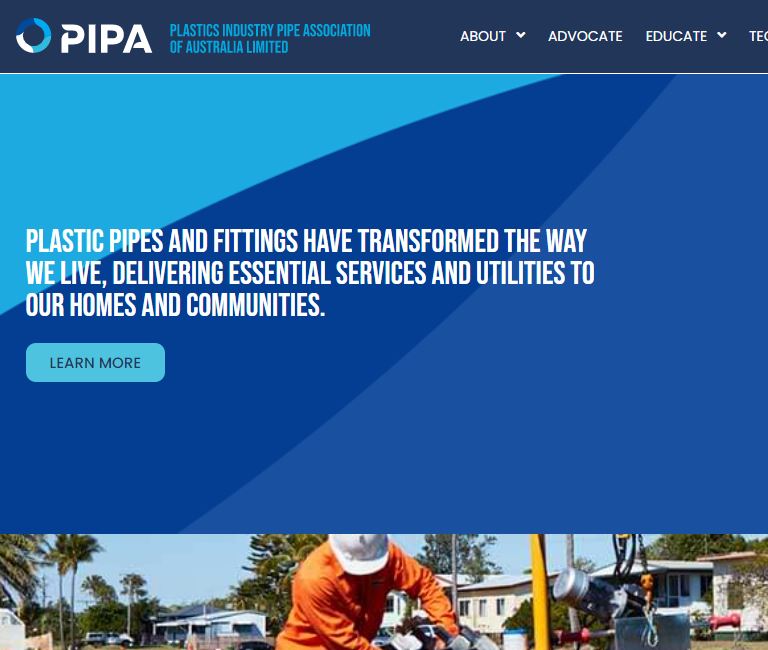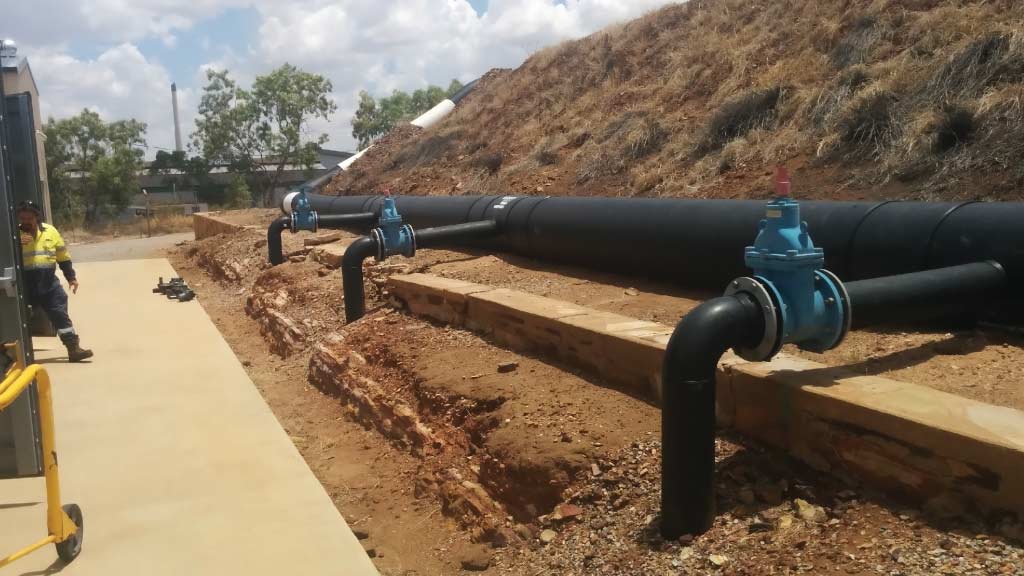Setting the Standard: PIPA Guidelines

Ever wanted to quickly check the thermal insulation of hot water pipes? Know whether the pipe you’re installing is resistant to a particular chemical? Or learn the best way to store polyethylene pipes and fittings?
The good news is there are guidelines for all of these queries.
Whether you’re an engineer working on a mine site, project manager for a major new roadway, or commercial plumber installing wastewater drainage systems, industry associations, like the Plastics Industry Pipe Association of Australia (PIPA), provide a wealth of knowledge and resources for your work — including industry guidelines.
In Australia, PIPA is the peak industry body representing plastic pipes, fittings, and raw materials suppliers.
Founded in 1999, it helps to advance the use of plastic pipes and fittings as a smart, efficient, and sustainable solution through research, education, technical expertise, and advocacy.
For the past 18 years, PIPA has been collaborating with global organisations and industry professionals, leveraging the latest insights and technology, to publish robust guidelines and specifications for plastic pipes and fittings.
These guidelines outline the best practice for the manufacturing, installation, and use of plastics pipeline systems.
There are currently 30 PDF guidelines available for download on their website, for both PVC and Polyolefins pipes and fittings.
These handy guidelines cover everything from ‘Electrofusion Jointing of PE Pipe and Fittings for Pressure Applications’ to ‘Temperature Rerating of PE Pipes’ and ‘Polyethylene Pipe and Fittings Compounds’.
When referenced in conjunction with Advanced Piping Systems’ range of tools and calculators, the PIPA guidelines are an excellent resource to keep on hand for your next poly pipe project.
As always, if you’re ever in need of additional guidance or support, you can always contact Advanced Piping Systems’ team of expert welders and product specialists for advice.





